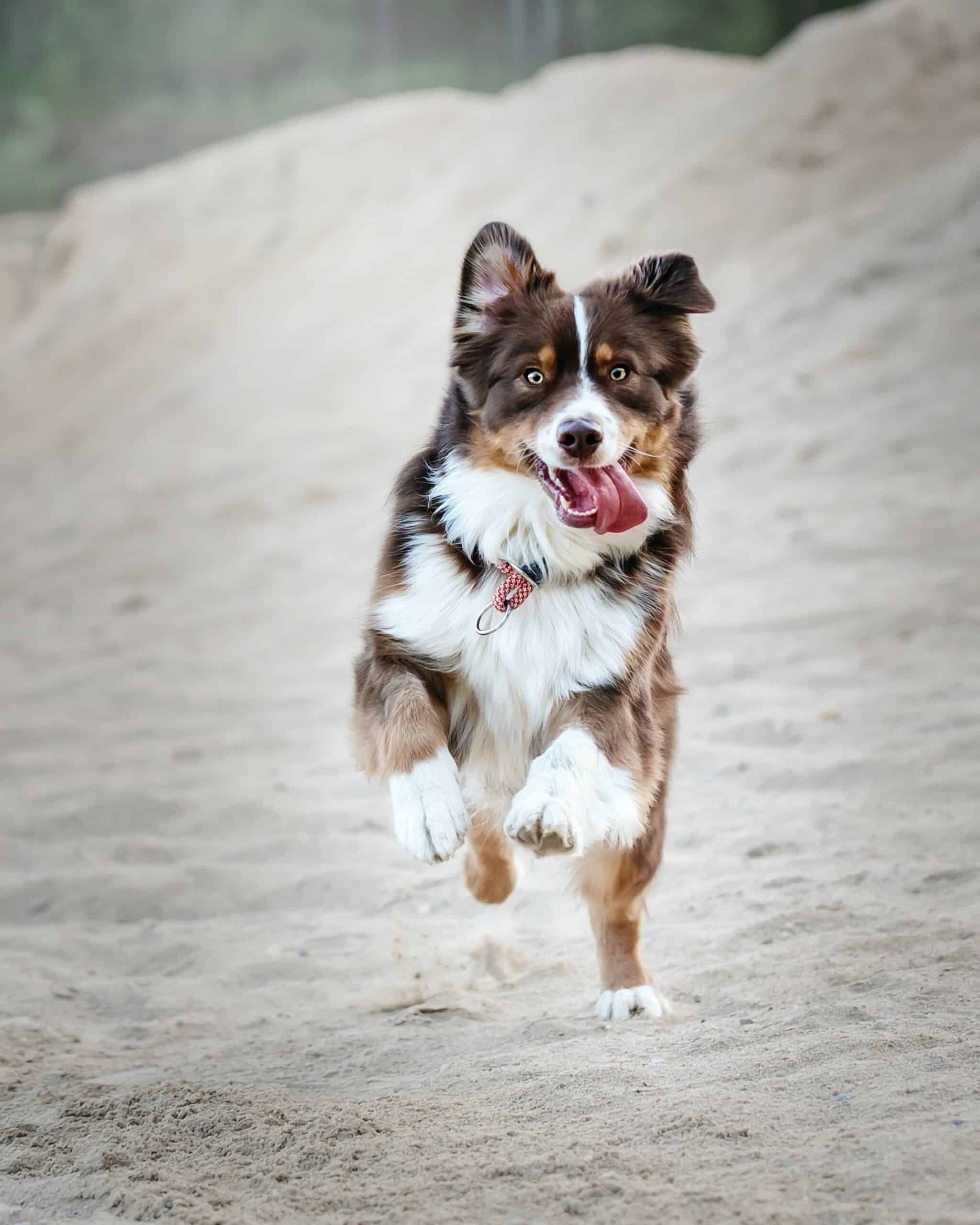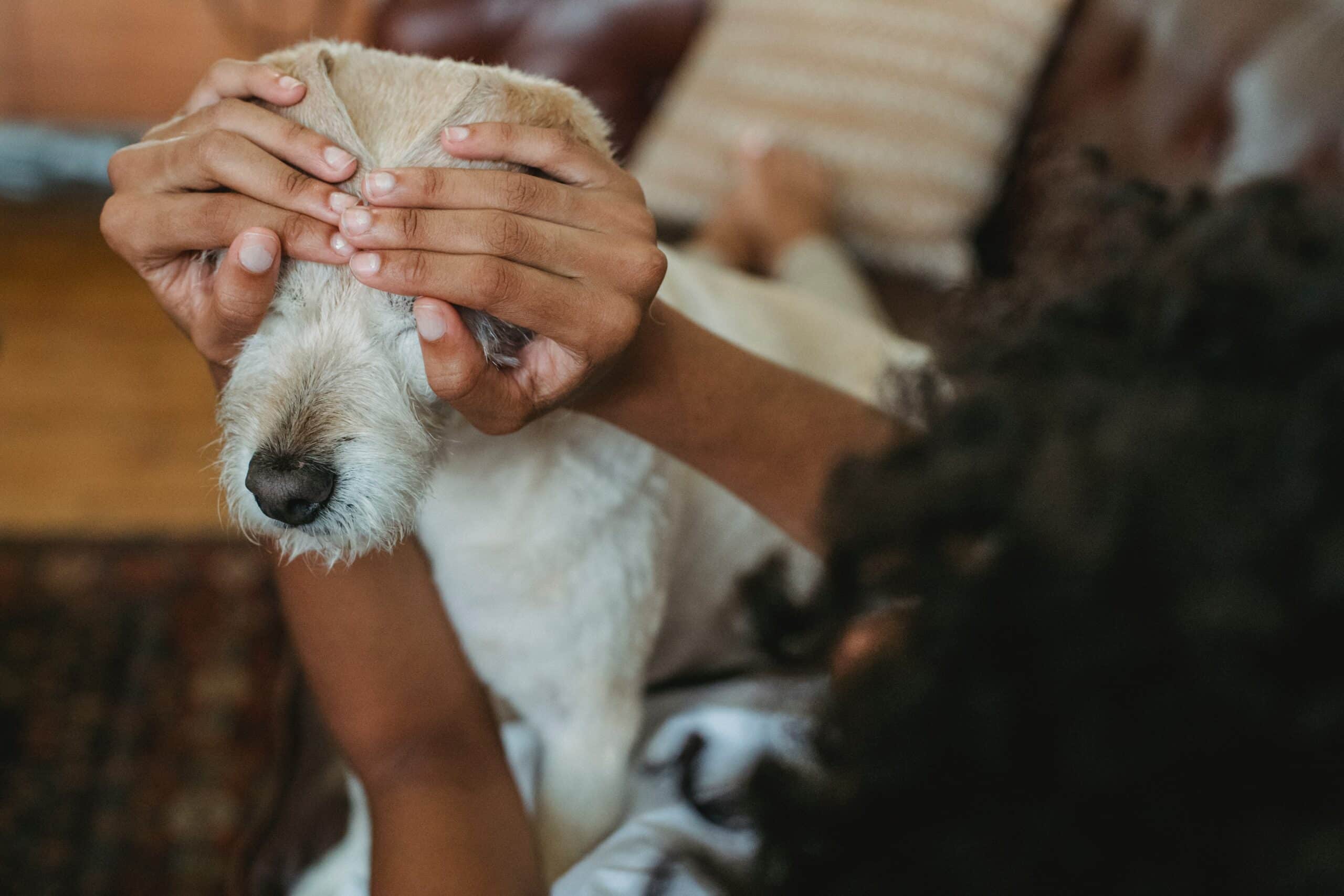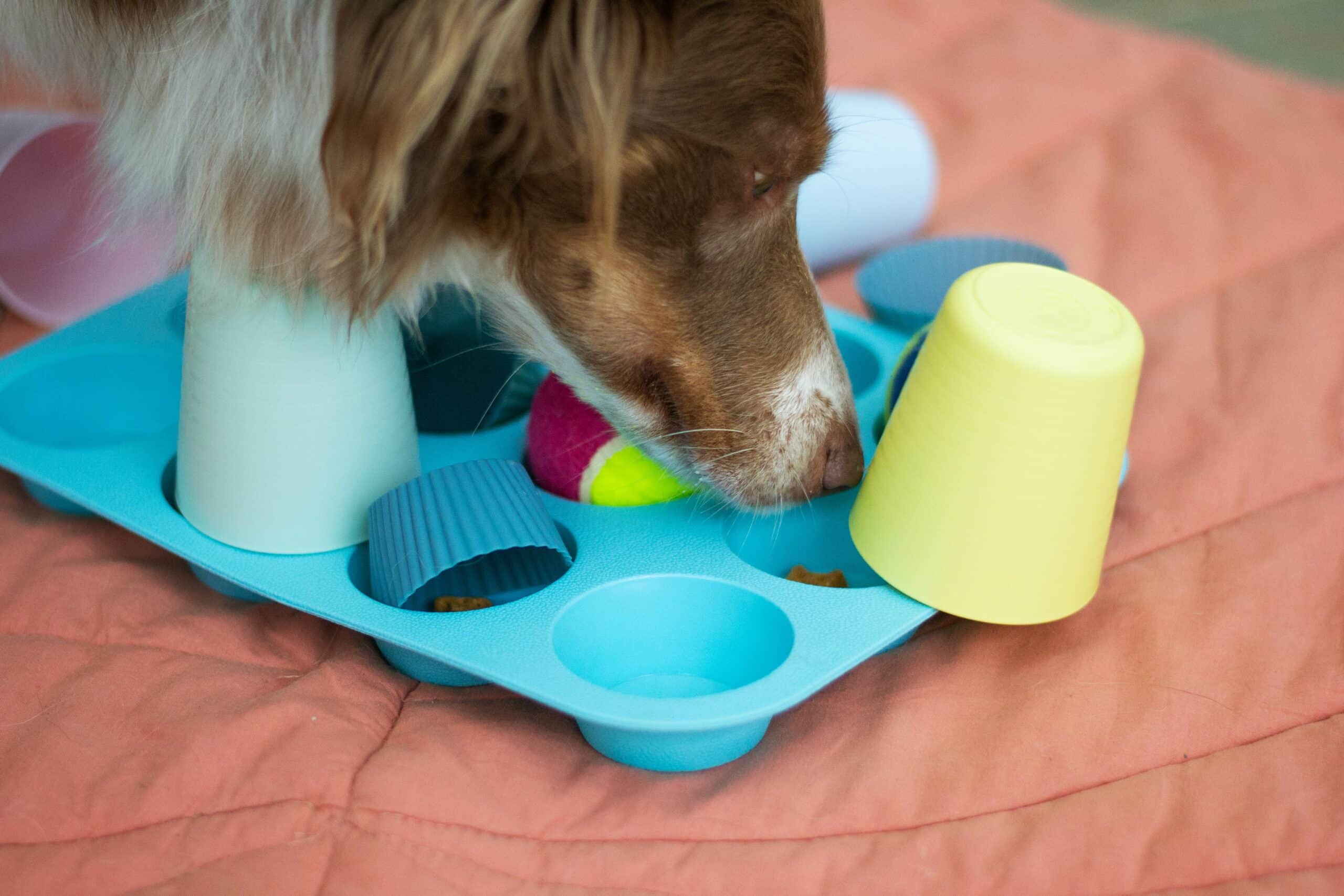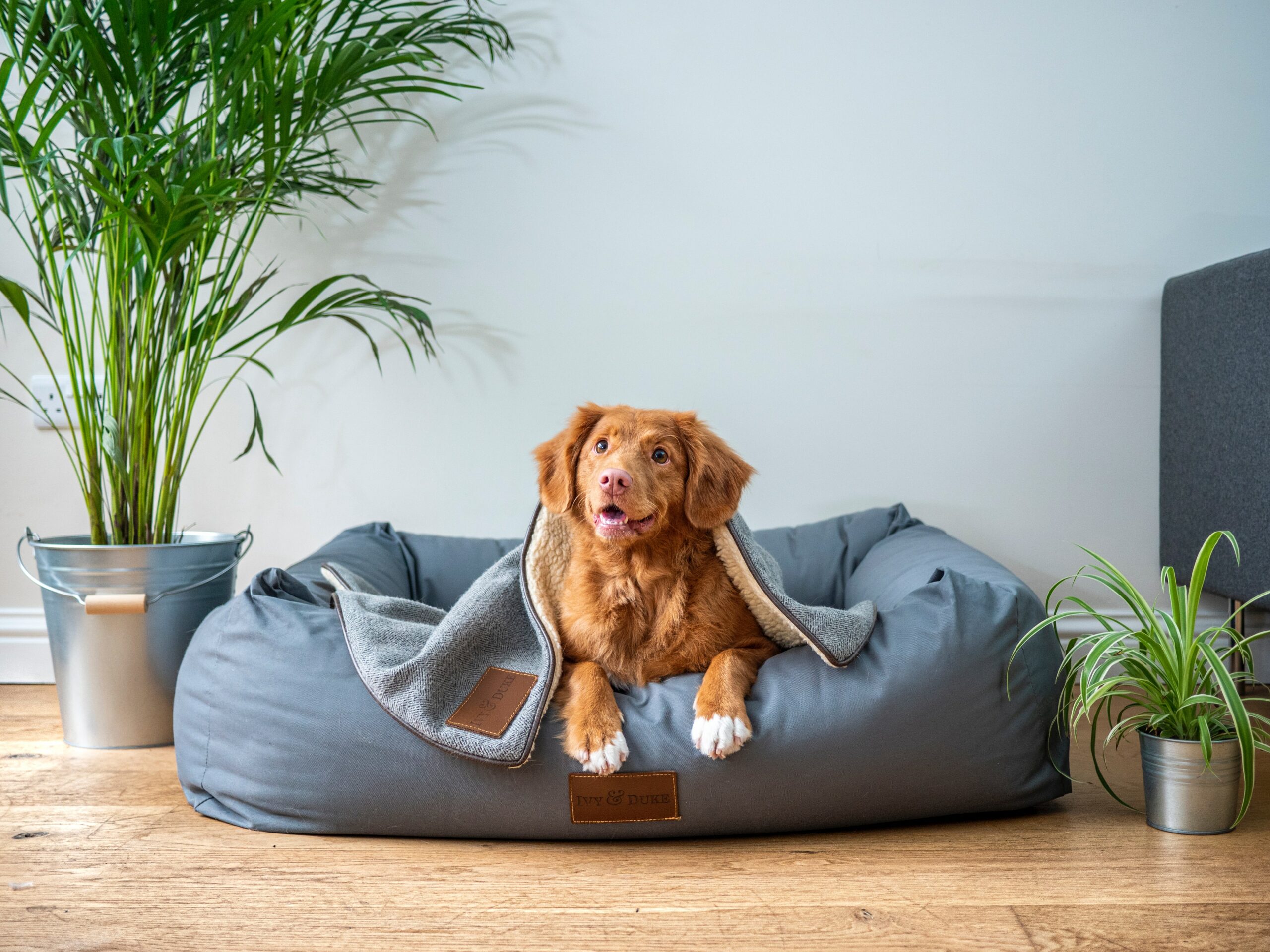

Mental Stimulation Games
Enrich your pup’s life with Mental Stimulation Games!
Mental stimulation is just as important for dogs as it is for humans. It can help prevent behavioural problems and destructive tendencies. A mentally stimulated dog is a happy and healthy dog. There are many ways to provide mental stimulation for dogs, and incorporating a variety of activities into their routine can help keep them engaged and fulfilled.
One way to provide mental stimulation for dogs is through training. Teaching them new tricks and commands not only keeps their mind active, but it also strengthens the bond between the dog and the owner. Basic obedience training, such as sit, stay, and come, is a great place to start. But for more advanced dogs, you can teach them more complex tricks like rolling over, playing dead, or even agility courses.
Below are a few other enrichment activities that tap into your dog’s natural instincts and encourage them to use their sense of smell and to problem-solve.

Hide and Seek
This classic game is a great way to mentally challenge your dog. Start by teaching your dog to sit and stay while you hide a treat or a toy. Once they understand the concept, you can start hiding the treats or toys in harder and harder places, such as under the furniture or in closets. Hide and seek is a fun way to mentally stimulate your dog by using their sense of smell. Hide a few treats or toys around the house and let your dog use their nose to find them. As your dog gets better at the game, you can also start hiding multiple treats or toys at once.


Scent Detection
Dogs have a keen sense of smell, and you can use that to your advantage by teaching them to find specific scents. Start with simple scents, such as lavender, chamomile, or vanilla, and gradually increase the complexity of the scents as your dog gets better at the game. Once they get good at distinguishing the scents, you can merge this with the hide-and-seek game described above. This way, you can hide different scented tea bags around the house and ask your dog to sniff them out.



Discrimination Games


Discrimination games are another way to mentally stimulate your dog. These games are designed to challenge your dog’s ability to differentiate between different objects, colors, or shapes. You can start with simple discrimination games, such as asking your dog to pick an object of a specific color or shape. Take two different colors of the same ball (keep in mind dogs can only clearly see blue and yellow, everything else is a gradient of grey). Show them two different balls but only reward them when they pick up the blue one. Gradually introduce the word blue next to the keyword ball. Over time, the dog learns to differentiate between the two toys and chooses the correct one to receive the reward. Once they have mastered that, you can move on to other objects of blue color and voila, you have the dog that can pick out specific colors of toys and other objects in the world.
Discrimination training can help dogs become more confident in their decision-making and problem-solving abilities, and it can also help to prevent confusion and frustration, especially in new and complex environments. It is important to note that discrimination training should always be done in a positive and upbeat manner, and with a lot of rewards and praise. Also, it is important to match the difficulty of the task with the dog’s current abilities to not overwhelm them.
Free Shaping
Free shaping is a dog training method that encourages your dog to offer new behaviours. Pick an end goal for your dog and reward small approximations of the behaviour you want, then gradually shape the behaviour until your dog is offering the desired result. For example, your end goal is for your dog to sit on a blanket you have put down for them. First, reward any interaction with the blanket. Once they figure out that interaction brings them rewards, start rewarding them only for standing on the blanket. Gradually continue rewarding them for offered behaviours that are as close to a full sit on the blanket as possible. Eventually, your dog will sit on the blanket, at which point you give them a lot of praise and rewards to end the game on a positive note.
Keep the training sessions short, usually around 5-10 minutes, to keep your dog engaged and motivated. Start with easy tasks and gradually improve their difficulty. After playing this game a couple of times, your dog will learn to offer different behaviours to try to get the reward. This technique can be great to teach new tricks and enhance problem-solving skills as well as build a strong bond with your dog.



Pawzling Fun
Pawzling on its own can be a fun activity. But have you also tried pawzling together with your fluffster? Create a challenging spread, fill it with yummy treats, and use pawzles as a bonding opportunity. This will help you not only in your training sessions but also in your everyday life. And for those fluffsters who are absolute geniuses, you can use pawzles to teach them some new fancy tricks. You can try to teach the command “open”, “close”, and even connect that with a specific pawzle name, for instance “open Zoey”. It will take some hard work and dedication, but the outcome can be super fun!

1
It’s essential to note that as much as it’s important to mentally stimulate your dog, it’s also important not to overstimulate them, as this can lead to feelings of anxiety or even exhaustion. Observe their behaviour, and if they appear to be feeling overwhelmed, it may be time to take a break.
2
You can also provide mental stimulation for your dog by taking them for regular walks and runs. This not only provides physical exercise, but it also allows them to take in new sights, sounds, and smells. Going to new places and meeting new people and other dogs can be mentally stimulating for them.
3
Overall, providing mental stimulation for dogs is crucial to their overall well-being. Incorporating a variety of activities into their daily routine can help keep them happy, healthy, and engaged. Remember, a mentally stimulated dog is a happy dog!
References
The Domestic Dog: Its Evolution, Behaviour and Interactions with People, by James Serpell
The Power of Positive Dog Training, by Pat Miller
Clicker Training for Dogs, by Karen Pryor




